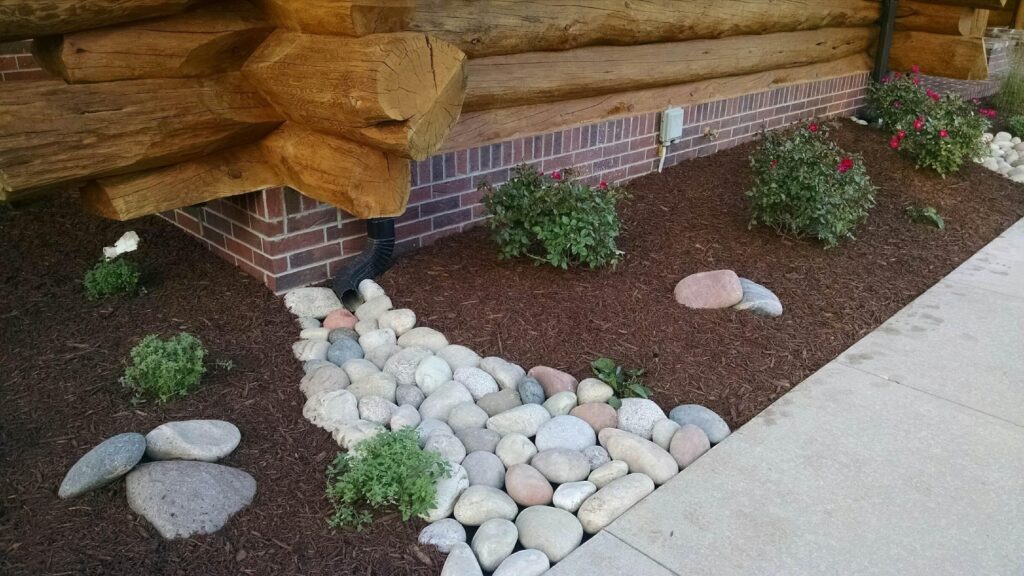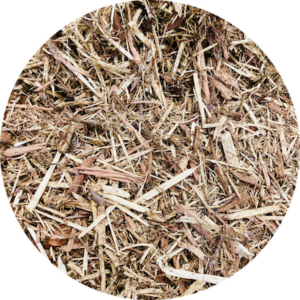Mulch is right behind watering in order of importance. The root system is the ‘heart’ of your plant and needs protection. Below are some benefits of mulch:
- Retain moisture. Mulch aids in retaining moisture for the sensitive roots. Proper uptake of water is essential, and water-loss can happen quickly due to high temperatures, quick drainage, lack of watering/improper watering or neglect.
- Insulation. Mulch acts as an insulator from extreme temperatures. Excessive cold can damage or even kill a plant quickly. Same for high heat – especially if the plant is in full sun.
- Nutrients. Mulch consists of organic material such as ground wood, leaves, straw, hay, pine needles, etc. As time goes on, this material will decompose and add important nutrients to the soil for your plants.
- Erosion control. Most landscapes are void of ground coverings. Mulch will help prevent erosion scenarios and keep the soil close to your plant’s roots. Some landscape designs call for vining ground covering, but even with these plants it will take some time for them to grow and spread out over the landscape bed. Also, this ground cover does not aid in water retention – in fact, it is a competitor for the same elements (water/nutrients). Use mulch for new installations at least until the live ground cover has established itself.
- Weed control. Placing a 2–3-inch layer of mulch will help stave off weed seeds from germinating and provide an easier environment for pulling or spraying weeds that fly in and grow. Mulch also makes it easy to apply pre-emergent products on the surface to help prevent any weed seeds from germinating.
- Aesthetics. Mulch comes in a variety of materials, sizes, and colors. Mulch is the ‘palette’ of the landscape and can help accentuate and compliment the plants, rocks, features, etc.
- Barrier. Mulch also acts as a physical barrier to protect against mowers and weed eaters. Mulched areas help create a physical barrier to stave off mowers and weed eaters. Many times, plants are girdled (bark removed from around the entire trunk), killing them in the first year. A good rule of thumb when planting ANY plant is to place a mulch area around that plant, whether it is located inside a bed or as a stand-alone in the lawn.
How much mulch? A good rule of thumb is 2-3 inches in depth. Be sure the mulch is barely touching the trunk or base of the plant. DO NOT VOLCANO the mulch; this will kill the plant. For trees, create a ‘donut’ around the tree. Keep the depth at 2–3-inches. Taper the mulch down to the trunk but keep it heavier at the outer portions of the root zone. Mulch that lays against the trunk can suffocate the tree, create a pathway for insects, and rot the tree.
It is recommended to top dress and add more mulch once a year. Mulch is organic and will break down over time. To ensure water retention and protection of the roots, replace the mulch that has decomposed.
____
Ready for the next step? Read about fertilizing.





